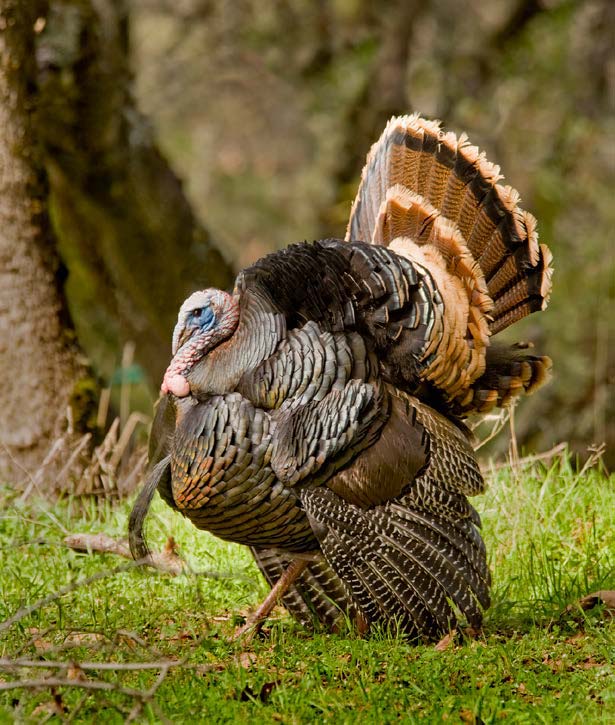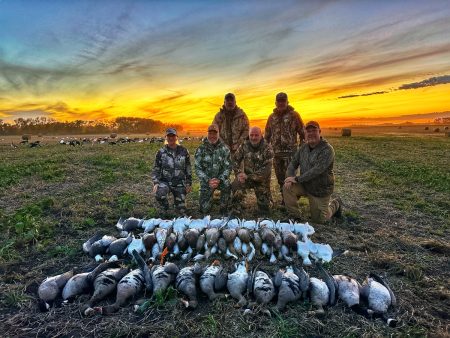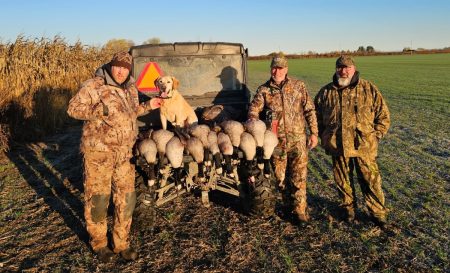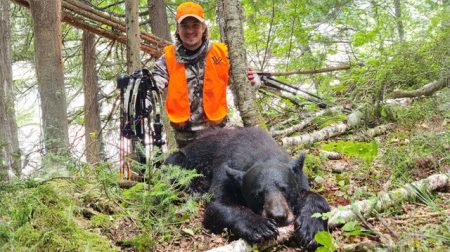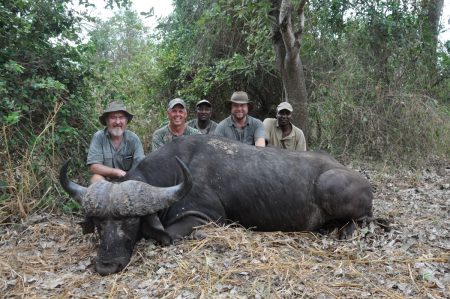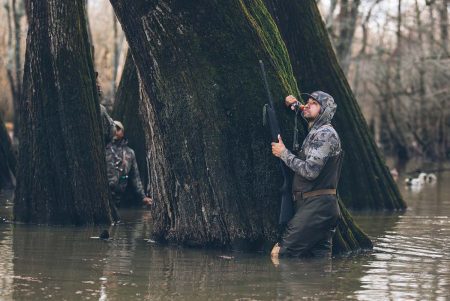Here are the Top Things to Pack in Your Spring Turkey Vest
It’s almost here. (Well, for some, it has already arrived!)
Whether your state is open now or you’ve got to wait until April 1st, let’s make sure we’re all prepared for this Spring’s turkey season.
If you’re among those die-hard turkey hunters who think, sleep, and eat turkey hunting in the springtime (or if you’d like to), then you’d better get your gear ready. While a turkey hunting vest isn’t mandatory for chasing longbeards, it’s highly recommended (and perhaps should be mandatory).
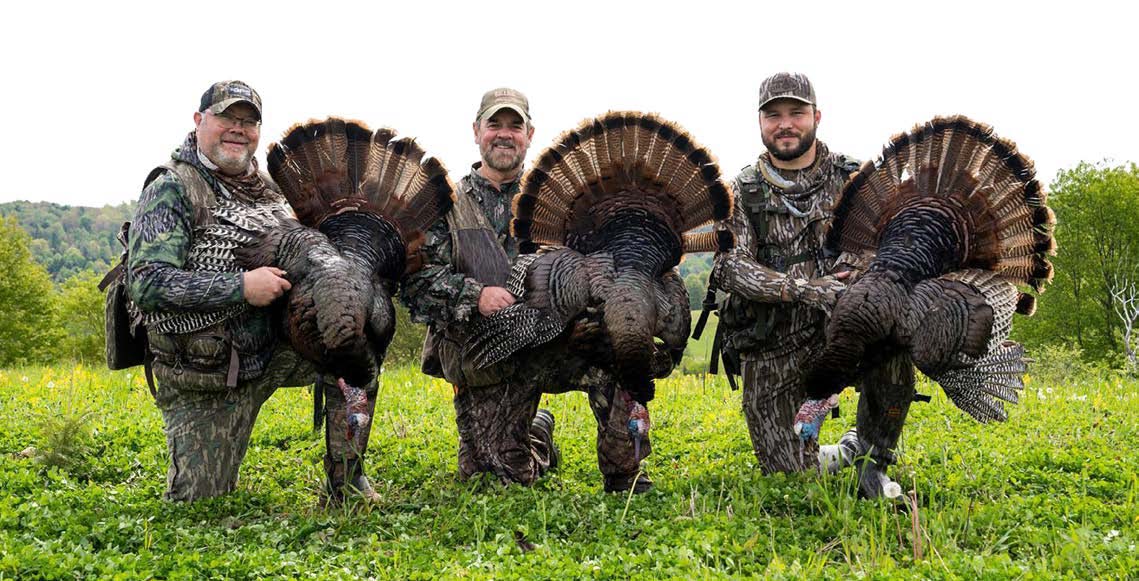
There are many makes and models of turkey hunting vests on the market today. You’ll need to go try on some brands to see how they fit and how versatile they are. I like one with adjustable shoulder straps that has a chest strap to reduce the weight on your back and shoulders. The adjustable shoulder straps are also priceless when hauling out a tom. They keep the vest from hitting my legs as I walk, and also keep the vest from shifting when walking steep terrain. Adjustable shoulder straps also reduce the amount of noise I make in the field during a spot and stalk hunt, or when shifting around a tree when gobblers come in from other directions.
Most importantly, your turkey vest is like your own mobile office for the spring turkey woods. A good vest will keep you in the woods longer.
Turkey hunting is the manipulation of spring gobblers. The pursuit of gobblers can be maddening one day and easy the next. We scout, hike, and call for those moments of a lovesick tom’s gobble to crack the silence of the spring woods.
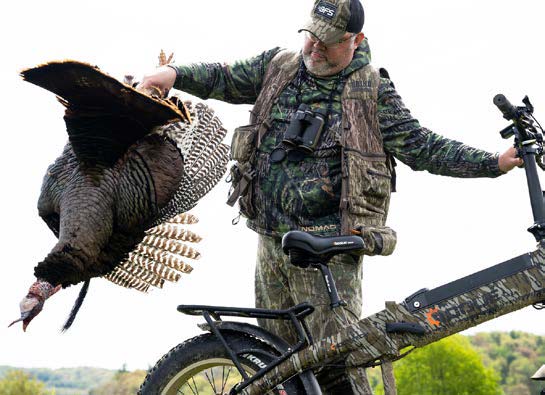
If you’ve never had a gobbler fall silent after a fiery morning on the roost, then you have not hunted gobblers long enough. Getting ghosted by a big gobbler after fly-down is one of the most frustrating aspects of hunting spring gobblers; yet, if you can stay positioned and not spook any birds, you are still in the game. That big tom responded to you off the roost, so understand that he acknowledged your presence in his roundhouse. Secondly, he remembers where you were. In the late morning or early afternoon (depending on your state regulations), return to where you last heard him gobble and make your setup. During this time of the day, especially as the spring rolls on, hens leave the tom to tend their nests. That leaves toms vulnerable to calls mid- morning and throughout the day. This tactic can require some patience but has long been a card in the proverbial deck of seasoned turkey hunters. A good turkey vest will keep you in that position longer for the opportunity at that big gobbler.
Here are some turkey vest essentials that will make your spring gobbler hunt more enjoyable and ultimately more successful.
TURKEY VEST CHECKLIST
- Box call/chalk
- Slate and glass call with extra strikers
- Diaphragm calls
- A piece of sandpaper to keep striker tips and friction surfaces abrasive
- Locator calls: crow and owl
- Headlamp
- Electric bike from Rogue Ridge
- Face mask
- Hat and gloves
-
Shears for cutting shooting lanes
- Decoys
- Camera
- Pop-up blind with a chair (optional, depending on your set up)
- Shooting Stick
- Binoculars and a rangefinder
- Water bottle/snacks or a lunch
- Athletic mobility boots or knee-high boots (in swampy areas)
- Mossy Oak camouflage shirt, pants, jacket, and rain suit
- Knife
- Extra-large Ziploc bags to keep strikers and chalk dry
- Zip ties and pen to fill out tags
- Bug spray and/or thermacell repellent system
Trail camera (cellular) to drop in when you won’t be there for a few days to see when gobblers are using strut zones.
Per our affiliate disclosure, we may earn revenue from the products available on this page. To learn more about how we test gear, click here.






